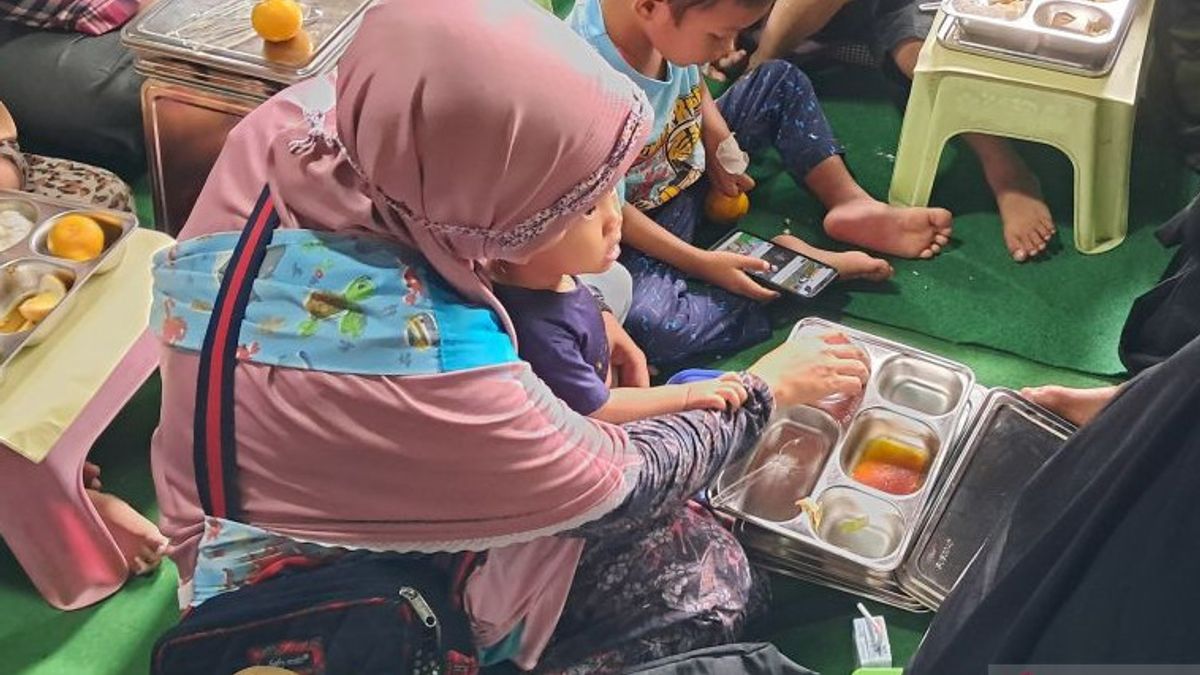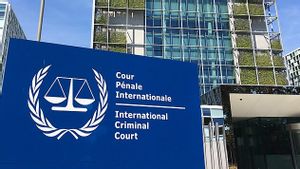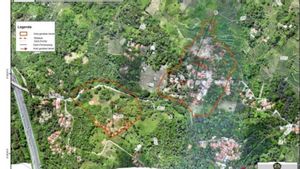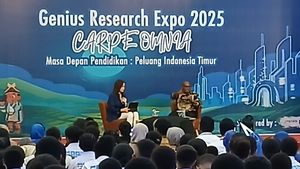JAKARTA - Spokesperson for the Presidential Communication Office (PCO) Prita Laura said the government ensured that the menus presented in the Free Nutrition Food (MBG) program met the nutritional adequacy rate adjusted to program recipients.
Recently, a number of nutritious food menus have gone viral which are considered by the public through social media to 'encourage' their portion of adequacy.
There are several groups of MBG recipients, namely adults consisting of pregnant women and breastfeeding mothers, then groups of children consisting of children under five years old (toddlers), as well as school children from elementary to high school.
"The most important thing is the nutritional adequacy number. If you look at the menu it can be the same, but the grammar is different. For example, the gramation of rice, the chicken cut is different, the protein cut is different," said Prita as quoted by ANTARA, Friday, January 10.
Nutritionists who work in the Ciracas Nutrition Fulfillment Service Unit (SPPG) Wiwit Suastika provide examples, for example, for giving the MBG menu to pregnant women, the number of calories is adjusted to the development of pregnancy.
"For example, pregnant women have trimester categories 1,2, 3. So there is a difference in their calorie kilo intake. If pregnant women are given an additional 300 kcal, in the next 6 months it will be 500 kkal," said Wiwit.
So that the distribution of nutritious food can be appropriate for recipients, the Government entrusts posyandu cadres to ensure periodic data collection of recipients.
These cadres have certainly been fostered through the Ministry of Population and Development of Families/National Family Planning Coordination Agency (BKKBN) so that data collection between pregnant women, breastfeeding mothers, and children can be more organized.
"The mechanism continues to be tidied up, because not only BGN (National Nutrition Agency) itself works, but earlier we could see that several Ministries of Institutions joined together, right, like the BKKBN, they have posyandu cadres," said Prita.
Previously, the Spokesperson for the Presidential Communication Office (PCO) Prita Laura said the Free Nutrition Eating (MBG) program was not only available to school children, but also for toddlers, pregnant women, and breastfeeding mothers who were channeled through posyandu to meet the nutritional needs of children during the golden age.
SEE ALSO:
The golden period refers to the first 1,000 days of life (HPK) which began when the fetus was formed in the womb.
"Through this posyandu, we want to ensure that MBG is accepted by children since they are in the golden age, in order to avoid the threat of stunting, obesity, and other effects of malnutrition," said Prita.
This was conveyed by Prita to coincide with the start of MBG giving to toddler groups, pregnant women and breastfeeding mothers which are scheduled to be given once a week for the early days of this program.
Later, after this program runs regularly, every day the toddler group, pregnant women and breastfeeding mothers will get MBG packages every day.
Fulfillment of adequate nutrition at 1,000 HPK is needed, because at this time the child's brain grows optimally, as well as the child's physical growth.
The English, Chinese, Japanese, Arabic, and French versions are automatically generated by the AI. So there may still be inaccuracies in translating, please always see Indonesian as our main language. (system supported by DigitalSiber.id)

















